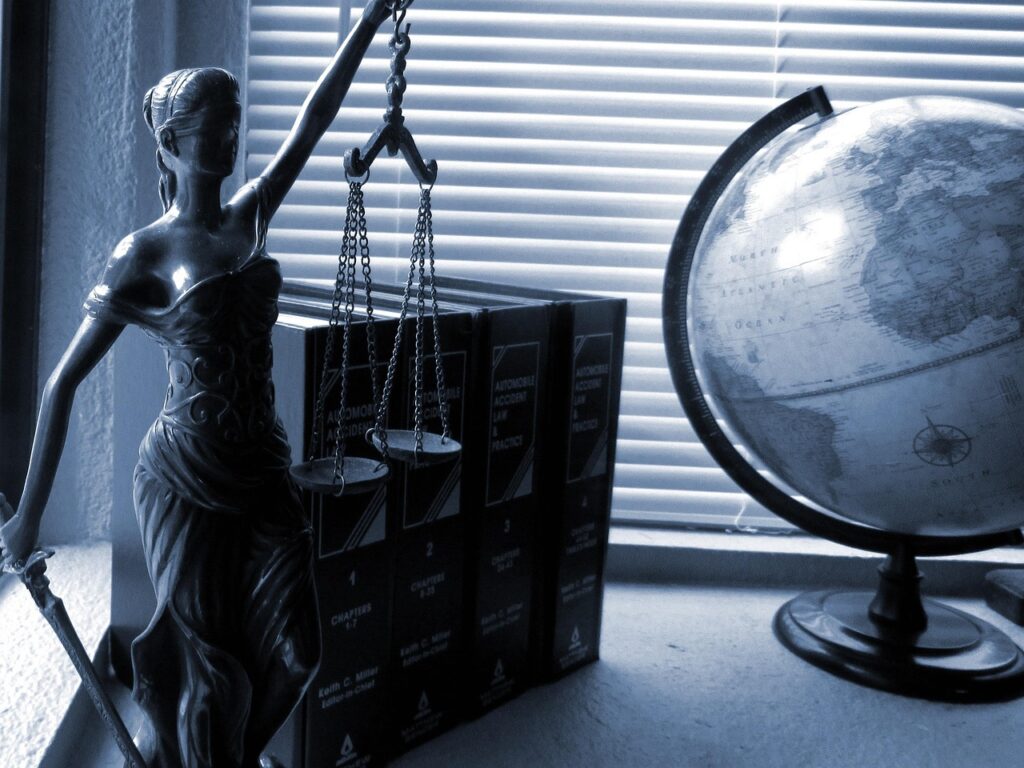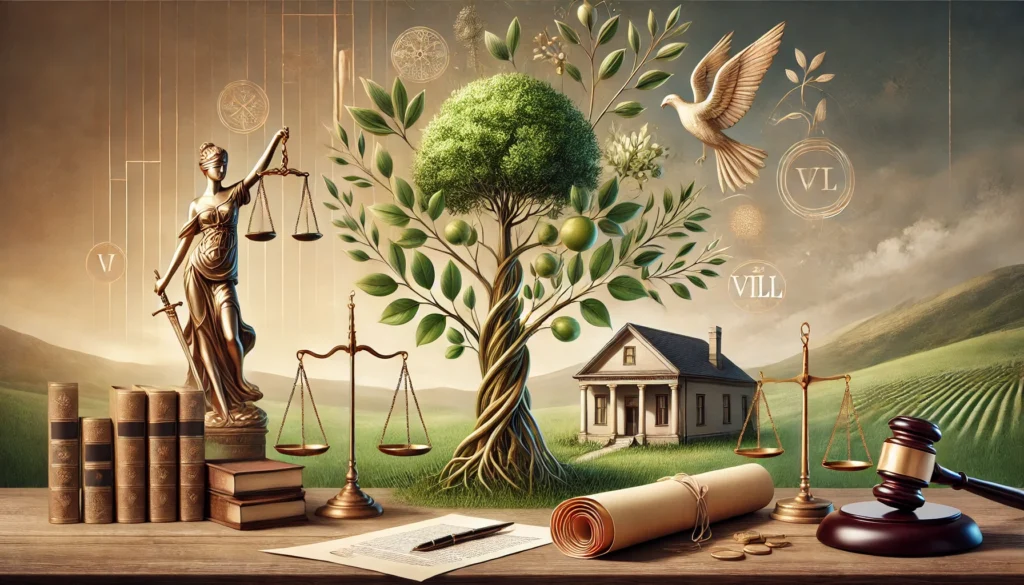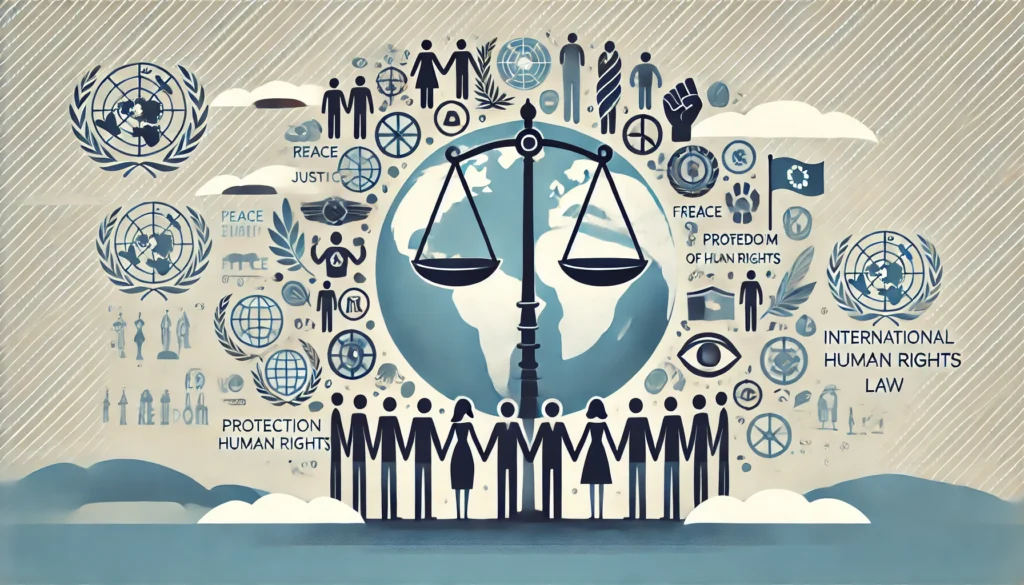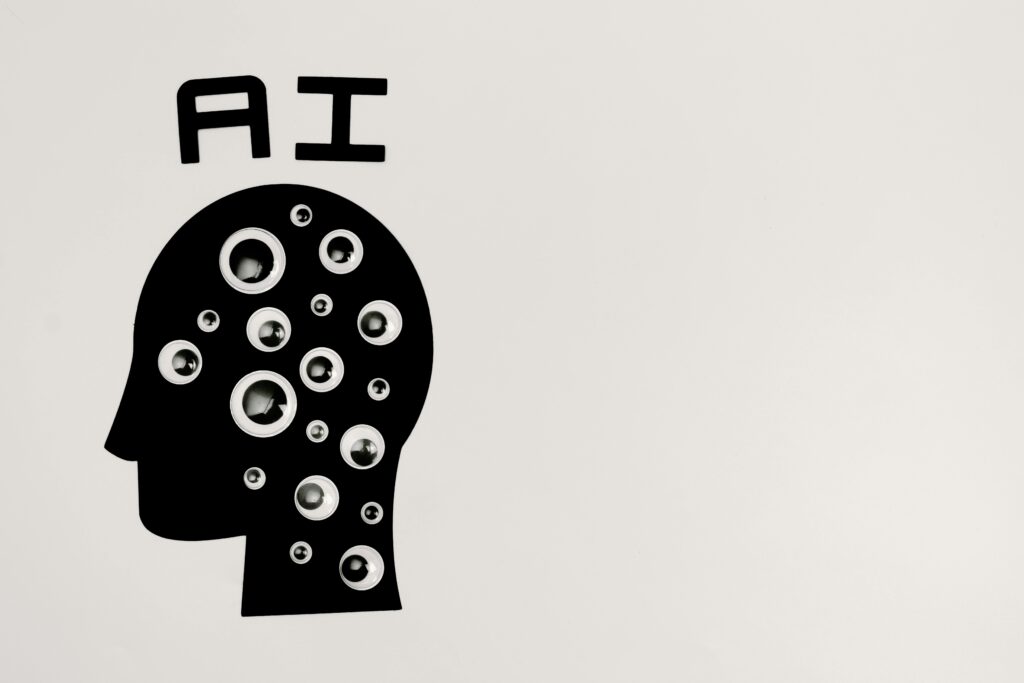Published on 15th July 2025
Authored By: Pratham Ganesh Chavan
Adv Balasaheb Apte College of Law
Abstract
This article explores the grave issue of human trafficking, which victimizes millions of individuals across the globe. People are exploited for forced labor, sexual activities, forced criminal conduct, organ removal, child soldiering, cybercrime, and the illegal arms trade.
International conventions have contributed significantly to combating human trafficking and other transnational crimes by establishing binding treaties, developing legal frameworks, and creating dedicated investigative agencies.
This paper examines how international and regional conventions address these crimes and analyzes their impact and the practical challenges involved in enforcement and implementation.
Keywords
Human Trafficking, Transnational Crime, International Conventions, International Law, Legal Framework
Abbreviations
- UNTOC – United Nations Convention against Transnational Organized Crime
- ILO – International Labour Organization
- UDHR – Universal Declaration of Human Rights
- CEDAW – Convention on the Elimination of All Forms of Discrimination Against Women
- CRC – Convention on the Rights of the Child
- SAARC – South Asian Association for Regional Cooperation
- ASEAN – Association of Southeast Asian Nations
Introduction
Human trafficking is among the fastest-growing criminal enterprises in the world today, generating billions of dollars in profits. It affects people regardless of gender, age, or nationality. To address this global challenge, institutions such as the United Nations have introduced various conventions, legal frameworks, and international bodies tasked with investigating and curbing trafficking activities.
Background
What is Meant by Transnational Crime?
Transnational crime refers to criminal activities that extend across national borders. These include slavery, drug and arms trafficking, corruption, and organized trafficking of human beings. Transnational crime represents a multi-billion-dollar global industry that exploits the poor and undermines international peace and development.
Such crimes inflict damage not only in monetary terms but also in the form of destroyed lives, deepened poverty, and loss of opportunities. To increase awareness, the United Nations has designated November 15 as the International Day for the Prevention and Fight Against All Forms of Transnational Organized Crime.
The term “transnational” reflects the global scale and cross-border nature of these criminal networks. These crimes operate in every region—developed or developing—and often involve smuggling people, arms, drugs, and illicit money. Their growth is often fueled by weak legal institutions, governance gaps, and widespread corruption.
What is Meant by Human Trafficking? Understanding Human Trafficking as Transnational Crime
Human trafficking involves the recruitment, transportation, harboring, or receipt of people through coercion, deception, force, or abuse of vulnerability for the purpose of exploitation. Exploitation can take many forms: sexual servitude, forced labor in hazardous sectors, domestic servitude, organ harvesting, and the use of children in armed conflict or criminal activities.
These crimes often take place across borders, making them difficult to address on a national level alone. Traffickers exploit inconsistencies in national laws and the lack of coordinated international response to evade justice. The complexity and organized nature of trafficking necessitate international cooperation and unified legal standards.
Important International Conventions and Their Role
United Nations Convention Against Transnational Organized Crime (UNTOC), 2000
The UNTOC, commonly referred to as the Palermo Convention, is a landmark treaty aimed at combating organized crime on a global scale. Adopted by the United Nations General Assembly in 2000 and effective since 2003, it has been ratified by 192 countries, making it one of the most broadly accepted international treaties.
The convention enables countries to cooperate in criminal investigations, share intelligence, extradite offenders, and seize illicit assets. Its flexibility allows it to address both traditional and emerging forms of crime, including drug trafficking, human smuggling, cybercrime, and wildlife trafficking.
Key Provisions of the UNTOC Include:
- Legal frameworks for the criminalization of organized crime
- Mechanisms for international cooperation and mutual legal assistance
- Measures to promote law enforcement coordination
UNTOC Protocols:
- Protocol to Prevent, Suppress and Punish Trafficking in Persons, Especially Women and Children
- Offers a universally accepted definition of trafficking
- Focuses on prevention, victim protection, and the prosecution of offenders
- Protocol Against the Smuggling of Migrants by Land, Sea, and Air
- Distinguishes smuggling from trafficking
- Promotes border security and safer migration channels
- Protocol Against the Illicit Manufacturing and Trafficking in Firearms
- Targets the illegal weapons trade
- Enhances international cooperation on firearms regulation
These protocols support member states in building comprehensive legal systems and in improving their response mechanisms to organized crime.
International Labour Organization (ILO) Conventions on Forced Labour
The ILO was created in 1919 and later became affiliated with the United Nations in 1946. It plays a pivotal role in shaping labor rights and eliminating exploitation in the workforce.
- Forced Labour Convention No. 29 (1930):
Criminalizes forced labor and obliges states to prosecute offenders. - 2014 Protocol to Convention No. 29:
Requires governments to develop strategies for prevention, victim protection, and access to justice.
These instruments ensure that forced labor is treated as a criminal offense and that victims are provided with adequate support.
Other Significant International Conventions
- Universal Declaration of Human Rights (UDHR), 1948: Article 4 explicitly bans slavery and involuntary servitude.
- CEDAW, 1979: Urges states to take action against the trafficking and exploitation of women.
- CRC, 1989: Mandates protections against child trafficking and exploitation.
Each of these instruments contributes to establishing human dignity and legal protections at the international level.
Regional Conventions and Treaties
Council of Europe Convention on Action Against Trafficking in Human Beings (2005)
This treaty applies to all forms of trafficking—whether national or cross-border—and focuses on victim rights, prevention, and effective prosecution. It also encourages cooperation between states and civil society organizations.
SAARC Convention on Preventing and Combating Trafficking in Women and Children for Prostitution (2002)
This regional convention adopts a human rights approach and covers all forms of trafficking involving women and children in South Asia. It promotes collaboration among member countries to prevent cross-border trafficking and ensure victim support.
ASEAN Convention Against Trafficking in Persons, Especially Women and Children (2015)
This treaty strengthens coordination among Southeast Asian nations to combat human trafficking. It emphasizes the protection of women and children and the importance of intergovernmental collaboration in curbing such crimes.
Challenges Faced in Implementation of Conventions and Treaties
Lack of Enforcement
Some countries lack the financial, legal, or institutional resources to effectively implement and enforce international treaties.
Corruption
Corrupt practices within government bodies, law enforcement, and the judiciary obstruct the fair administration of justice and often allow traffickers to operate with impunity.
Victim Criminalization
Victims, especially those forced into illegal activities or prostitution, are sometimes treated as offenders, which discourages reporting and cooperation with authorities.
Insufficient Victim Assistance
Inadequate funding for rehabilitation programs and lack of access to legal aid or shelter services leave many survivors without proper support.
Digital and Technological Threats
Online platforms are increasingly being used for trafficking activities. Legal systems are often unprepared to address these rapidly evolving digital crimes, highlighting the need for modernized legal tools and cyber capabilities.
Recommendations and Reforms
Stronger Enforcement Mechanisms
Investments must be made to strengthen national law enforcement, judicial capacity, and international cooperation mechanisms.
Comprehensive Victim Support
Governments should develop inclusive victim support systems, including legal aid, housing, counseling, and social integration programs.
Enhanced International Collaboration
Effective cross-border partnerships and intelligence sharing are essential to dismantling organized crime networks.
Adoption of Technology
Digital surveillance, artificial intelligence, and data analysis tools can assist authorities in identifying trafficking patterns and online criminal activities.
Harmonization of Legal Standards
Uniformity in trafficking laws across countries will help eliminate legal loopholes and ensure consistent prosecution of traffickers.
Conclusion
Human trafficking continues to pose a major challenge in the 21st century. Instruments like UNTOC and its related protocols have laid the foundation for international cooperation and legislative action. However, real-world implementation remains hampered by weak enforcement, institutional corruption, and the rapid growth of digital trafficking methods.
Strengthening legal systems, investing in technology, and ensuring victim-centric support policies are vital for the global community to successfully counter human trafficking and related transnational crimes.
References
[1] What is transnational organized crime? (no date) United Nations. Available at: https://www.un.org/en/peace-and-security/transnational-crime (Accessed: 13 March 2025).
[2] What is meant by Human Trafficking (no date) United Nations. Available at: https://www.un.org/en/peace-and-security/understanding-human-trafficking (Accessed: 13 March 2025).
[3] United Nation Conventions against Transnational Organized Crime (UNTOC) 2000 (no date) United Nation office on Drug and Crimes. Available at: https://www.unodc.org/unodc/en/organized-crime/intro/UNTOC.html (Accessed: 13 March 2025).
[4] International Labour Organization Convention on forced labour. International Labour Organization. Available at: https://www.ilo.org/topics-and-sectors/forced-labour-modern-slavery-and-trafficking-persons (Accessed: 13 March 2025).
[5] Rao, R.S. (2024) ‘XXXI’, in Universal Declaration of Human rights (UDHR). New Edition 2005. Hyderabad, Telangana: S.P GOGIA (H.U.F) C/o ASIA LAW HOUSE, pp. 294–294.
[6] Rao, R.S. (2024) ‘XXXIV’, in Women and the Convention on the Elimination of All Forms of Discrimination Against Women 1979. New Edition 2005. Hyderabad, Telangana: S.P GOGIA (H.U.F) C/o ASIA LAW HOUSE, pp. 328–329.
[7] Rao, R.S. (2024) ‘XXXIV’, in Child and the United Nations Conventions on the Rights of the Child, 1989. New Edition 2005. Hyderabad, Telangana: S.P GOGIA (H.U.F) C/o ASIA LAW HOUSE, pp. 338–339.
[8] The council of Europe Conventions on Action against Trafficking in Human beings (2005) Council of Europe Action Against trafficking in Human Beings. Available at: https://www.coe.int/en/web/anti-human-trafficking/home (Accessed: 13 March 2025).
[9] ASEAN Convention Against Trafficking in Persons, especially women and Children (2015). Association of South East Asian Nations. Available at: https://asean.org/asean-convention-against-trafficking-in-persons-especially-women-and-children/ (Accessed: 13 March 2025).




